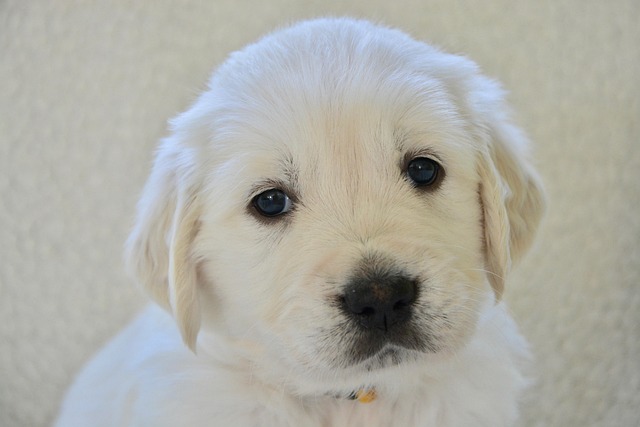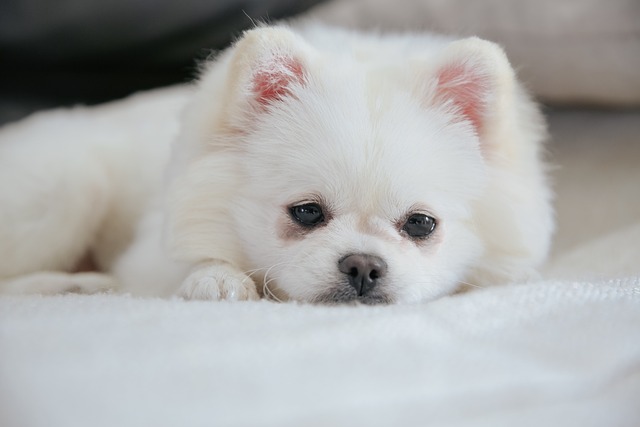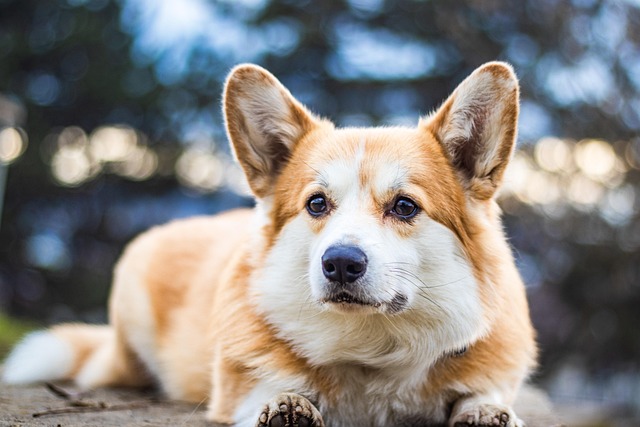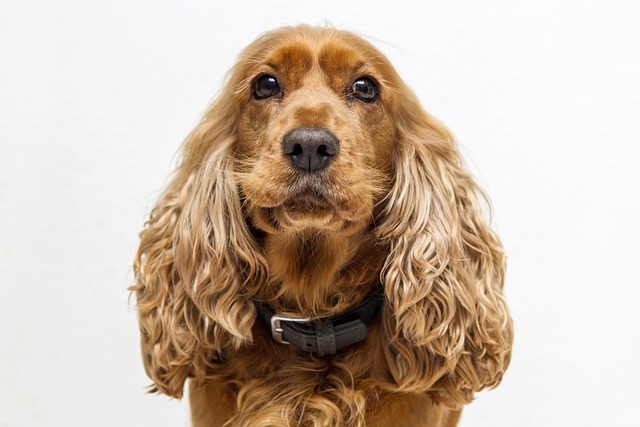We've all been there. You clip on the leash, open the door, filled with visions of peaceful strolls, only to be instantly jerked forward as your dog rockets towards the nearest tree, squirrel, or intriguing smell. Leash pulling isn't just frustrating; it can make walks stressful, tiring, and even unsafe for both of you. The good news? You absolutely can teach polite leash manners using methods that build trust and strengthen your bond. Positive reinforcement dog leash training focuses on rewarding the behavior you *want* – a loose leash – rather than punishing the pulling you don't. It’s about communication, patience, and understanding why that pulling happens in the first place.
So, why *do* dogs pull? Often, it’s pure instinct and enthusiasm. The world is exciting! Scents are irresistible, sights are captivating, and forward momentum gets them closer to the fun faster. For some dogs, pulling has simply been reinforced unintentionally – moving forward when they pull teaches them that pulling *works* to get where they want to go. Frustration or anxiety can also play a role. Understanding this root cause is crucial before we dive into positive reinforcement techniques for leash training. Punishment-based methods like choke chains, prong collars, or harsh leash corrections might suppress the pulling temporarily out of fear or discomfort, but they don't teach the dog what to do instead and can damage your relationship, potentially increasing anxiety or even leading to aggression. Positive reinforcement, conversely, builds confidence and clarity.
The core principle of positive reinforcement dog leash training is beautifully simple: reward the behavior you desire, and the dog is more likely to repeat it. When your dog walks without tension on the leash, you mark that exact moment (often with a clicker or a distinct word like "yes!") and immediately follow with something your dog *loves* – usually a small, high-value treat. The timing is absolutely critical. The reward must happen *while* the leash is loose or *the instant* the dog returns to a loose leash after pulling. This clearly communicates, "THIS is what earns the good stuff!" Consistency is your best friend here. Every single walk is a training opportunity. Start in low-distraction environments like your hallway or backyard before tackling the sidewalk.
Ready to put positive reinforcement into action? Here’s a practical step-by-step guide to stop dog leash pulling with positive reinforcement. First, arm yourself with tiny, irresistible treats (think chicken, cheese, or special training treats) and keep them easily accessible. Begin standing still. The moment your dog glances at you or the leash has even the slightest slack, click or say "yes!" and treat. Repeat. Next, take just one step. If the leash stays loose as you move, mark and reward immediately. If your dog surges ahead, simply stop walking. Become a tree. Wait patiently, without pulling back. The *instant* the leash loosens (even if it’s just because they turned to look at you), mark that moment, praise enthusiastically, and reward. Then, take another step. Gradually increase the number of steps between rewards as your dog succeeds. If pulling resumes, stop again. This teaches them that pulling makes forward progress stop, while walking nicely makes the walk (and the treats!) continue. Use your voice – warm, happy praise – as an additional reward. Remember, the goal isn't necessarily a perfect heel; it's simply a loose leash where they aren't dragging you.
It sounds straightforward, but common pitfalls can derail progress. One major mistake is rewarding too late. If you treat *after* the dog has already started pulling again, you’re accidentally rewarding the pull, not the loose leash. Be sharp with your timing! Another is inconsistency. Letting the dog pull sometimes "just to get somewhere" or because you're in a hurry undermines all your hard work. Patience truly is non-negotiable. Progress isn't always linear; distractions happen, and some days will feel like starting over. Don’t get discouraged. Using low-value treats in high-distraction environments is another error. Save the best treats for when it’s hardest for your dog to focus. Perhaps the biggest challenge is managing frustration – yours! Taking deep breaths and celebrating tiny victories helps immensely. If you feel overwhelmed, shorten the walk or take a break.
Sticking with positive reinforcement techniques for leash training yields incredible long-term benefits far beyond just a loose leash. Walks transform from stressful battles of wills into enjoyable, bonding experiences you both look forward to. You build immense trust with your dog because they learn you’re a source of good things, not discomfort or confusion. The communication skills you develop spill over into other areas of training and daily life. Your dog becomes more attentive and tuned into you. Physically, it’s safer and more comfortable for both of you, reducing strain on necks, backs, and shoulders. Mentally, it provides excellent stimulation as your dog learns to navigate the world while paying attention to you. Ultimately, learning how to train a dog to walk on leash without pulling through kindness and rewards creates a happier, more confident dog and a much more relaxed, joyful human companion. Those peaceful strolls you envisioned? They become your everyday reality.





